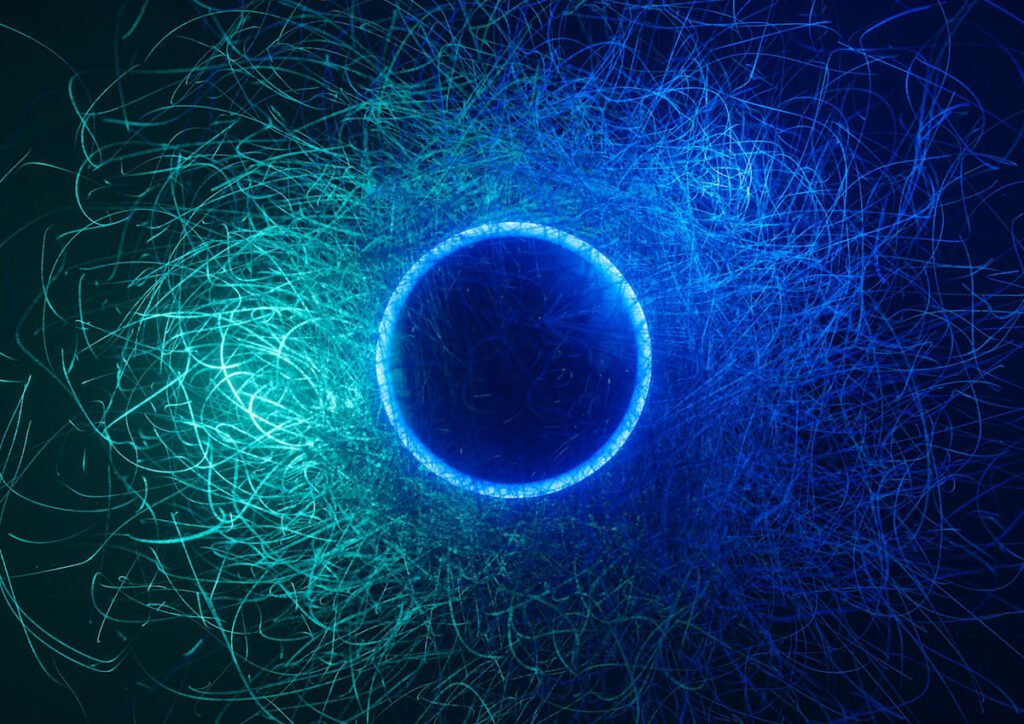Imagine a sensor so precise it can detect a hidden underground bunker, track radioactive material shielded from conventional detection, or identify a virus before symptoms appear. These are not far-fetched science fiction scenarios—they’re emerging realities, thanks to advances in quantum sensing.
Quantum sensing harnesses the bizarre and powerful laws of quantum physics—such as superposition and entanglement—to measure physical phenomena with extraordinary accuracy. By leveraging these principles, scientists are building devices that can see what others miss: the faintest chemical signatures, the slightest magnetic fluctuations, or the most minute biological traces.
A new peer-reviewed study published in Revista Observatorio de la Economía Latinoamericana authored by researchers at Brazil’s Instituto Militar de Engenharia (IME), provides an in-depth review of these technologies and their implications for Chemical, Biological, Radiological, and Nuclear (CBRN) defense. The study outlines how quantum sensors could transform national defense capabilities and reshape the landscape of threat surveillance.
Key Findings and Technological Implications
From Classical to Quantum: What Makes These Sensors Different?
Traditional sensors rely on relatively straightforward physics—they detect, amplify, and report changes in the environment. Quantum sensors, however, operate at the atomic and subatomic scale. They can measure forces and fields so subtle that conventional tools would miss them entirely.
Using quantum effects such as coherence, entanglement, and tunneling, these sensors offer exceptional precision in measuring magnetic and electric fields, gravity gradients, and chemical or biological changes in the environment. This gives them a major advantage in detecting low-signature or concealed threats.
Applications Across the CBRN Spectrum
Chemical Threat Detection
- Electrochemical Sensors: Use redox reactions to identify toxic compounds with high sensitivity.
- Optical Sensors Enhanced by Quantum Dots: Convert chemical interactions into light signals, ideal for fast field detection.
- Quantum Cascade Lasers: Integrated into gas sensors, enabling detection of nerve agents and industrial chemicals at parts-per-billion levels.
Biological Threat Monitoring
- Graphene Quantum Dots (GQDs): Biocompatible and highly sensitive, GQDs act as nanozymes to detect viruses and bacteria.
- Surface Plasmon Resonance (SPR): Enables label-free real-time detection of biothreats like anthrax or engineered pathogens.
- Quantum Dot Multiplexing: Allows simultaneous detection of multiple bioagents—critical for bio-surveillance and early warning systems.
Radiological and Nuclear Detection
- Gravimeters and Gradiometers: Identify hidden nuclear materials by sensing subtle gravitational changes—ideal for subterranean or shielded threats.
- SQUID Magnetometers: Detect minute magnetic anomalies caused by radioactive isotopes.
- Quantum Interferometers: Useful in GPS-denied environments, these devices provide high-resolution mapping of radiation fields and underground structures.
Why This Matters to the General Public and National Interests
Quantum sensing isn’t just a topic for labs or military think tanks—it’s a national priority. The ability to detect CBRN threats more accurately and earlier can save lives, prevent mass disruptions, and improve emergency response in cities, ports, airports, and borders.
From thwarting terrorist attacks with chemical or radiological weapons to enhancing pandemic bio-surveillance, these technologies bolster homeland security and public health resilience. Their development is directly tied to protecting the infrastructure, environment, and people that make up the backbone of a nation.
Challenges to Overcome
While the potential is enormous, many quantum sensors remain in the early stages of development. Key hurdles include:
- Miniaturization for field deployment
- Robustness against environmental interference
- Cryogenic requirements for some systems
- High costs and integration complexity
The study stresses that crossing these barriers will require sustained interdisciplinary investment and collaboration between government, industry, and academia.
The Path Forward
Quantum sensors represent not just an incremental upgrade—but a paradigm shift. Their impact on defense, emergency response, and national infrastructure protection could be profound. But to realize this potential, nations must act now—investing in research, prototyping, and operational validation.
This study by IME serves as a roadmap, identifying both the promise and the path forward. As we stand on the threshold of this new detection era, the message is clear: the future of CBRN defense will be quantum-enabled.
Oliveira de Sá, L., Siqueira de Souza, C. T., Silva, P. J. I., et al. CBRN Defense: The Revolution of Detection in the Era of Quantum Technologies. Revista Observatorio de la Economía Latinoamericana, 16 July 2025
Edited by Steph Lizotte


